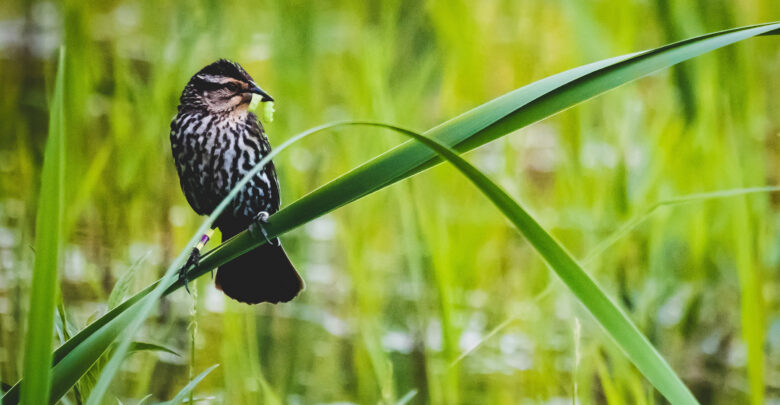 Supplied
SuppliedAn artificial intelligence (AI) tool developed during the COVID-19 pandemic is changing how Canadian scientists listen to wildlife. It’s also transforming what they learn from it. HawkEars can track species at risk, assess phenology shifts due to climate change, and fill data gaps for nocturnal or elusive species.
HawkEars identifies amphibians and birds from audio recordings using spectrograms. Jan Hughes, a retired programmer and bird watcher, created the technology during the pandemic. Elly Knight, a professor in the University of Alberta department of biological sciences, began collaborating with Hughes on HawkEars after he reached out to her.
Knight, already experienced with passive acoustic monitoring and boreal bird ecology, saw the tool’s potential and jumped on board. With support from the Alberta Biodiversity Monitoring Institute, they’ve been working together ever since.
The AI tool analyzes sound spectrograms, meaning it does not listen to raw audio, but rather looks at the output. HawkEars is able to identify 344 species of birds and 13 species of amphibians.
Monitoring wildlife like never before
According to WILDLABS, tools like HawkEars allow researchers to monitor wildlife at a broad scale and in real time. Having faster and more scalable tools speeds up research as manual fieldwork is time-intensive. The United Nations (UN) has stated that ecosystems are under increasing pressure from climate change and biodiversity loss, these tools are becoming incredibly valuable.
HawkEars also allows researchers to monitor shifts in the distribution of species, behaviour, and abundance within our forests.
“The best approach is a consensus between the AI and the human. If you aggregate the positive detections between the two, you get a better data set than if you just have a human do it,” Knight said.
According to Knight, it’s important to have a Canadian specific classifier as tools like BirdNET and Perch rely on training data sourced from the United States (U.S.). They are less effective in Canada because of how different our species diversity is in the boreal forests.
HawkEars trains exclusively on Canadian data to ensure accurate identification of local species. This makes it ideal for researchers at the U of A. HawkEars is significantly more accurate than other classifiers when used in Canada.
“It was on average … two species higher with HawkEars,” Knight said.
“There’s a meaningful differences from an ecological perspective … we think that from better for a few different reasons that they center around the idea that HawkEars is only about 350 species, whereas these large global models are around 6,000 to 8,000 species.”
Bringing wildlife science to the wider community
It’s important to note that HawkEars is not perfect, Knight said. AI struggles in the same way that humans might. Knight specifically mentioned that certain groups of birds, such as sparrows and warblers, are especially difficult to differentiate because of how similar their calls are.
While AI is powerful, it cannot replace trained human listeners. According to Knight, there needs to be a combined effort between humans and AI for the most accurate results.
“There are certainly cases where the AI does a better choice than a human … but on average, it’s just not as good,” Knight said.
HawkEars is widely available to both researchers and the public. Knight hopes it will help decentralize data collection.
“I’m really excited about getting this tool out there in the world and having folks use it to help answer some of these big questions.”
HawkEars is still evolving. Although it will likely stay a Canadian-only identifier, Knight hopes aspects like the user interface will be updated to support more users.




